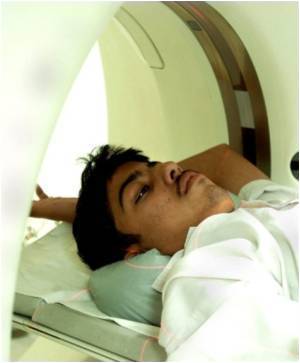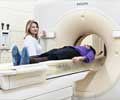
"Our study suggests that the frequency of ordering CT angiograms can be markedly reduced with resultant cost-savings and decreased radiation exposure," said lead author Mark D. Mamlouk, M.D., radiology resident at the University of California, Irvine in Orange, Calif.
Pulmonary embolism occurs when a blood clot, usually from the leg, travels through the bloodstream and gets lodged in a pulmonary artery. The condition can be fatal, so prompt diagnosis is critical.
CT angiography's high sensitivity and specificity has made it the preferred modality for diagnosing PE. However, the increasing use of the examination has fueled concerns over procedure costs and radiation exposure to patients, along with risks associated with the use of contrast agents.
For the study, the researchers assessed the possibility of using risk factors associated with thromboembolism, or blood clot formation, to reduce the number of CT angiograms for PE. They reviewed the electronic medical records of 2,003 patients who underwent CT angiography for possible PE between July 2004 and February 2006. Among the risk factors assessed were age, history of immobilization and cancer. Other risk factors included excess estrogen state, a history of venous thromboembolism, gender and disorders that cause blood to clot more easily than normal.
Overall, CT angiograms were negative for PE in 1,806 of 2,003 patients, or 90.2 percent. Among the 197 patients with CT angiograms positive for PE, 192, or 97.5 percent, had one or more risk factors.
Advertisement
Of the 1,806 patients with CT angiograms negative for PE, 520 (28.8 percent) had no risk factors. Furthermore, excluding age and gender, 1,119 (62 percent) had no risk factors. Risk factor assessment had a sensitivity of 97.5 percent and a negative predictive value of 99 percent in all patients.
Advertisement
"Thromboembolic risk factor assessment is an effective clinical method to determine when to perform CT angiography for PE," Dr. Mamlouk said. "Risk assessment can be performed when clinicians acquire their patients' history. It takes only a few minutes, and there's no cost."
Dr. Mamlouk and colleagues also concluded that the combination of no risk factors and a negative D-dimer, a blood test that helps in the diagnosis of blood clots, yielded an extraordinarily low risk for a positive CT angiogram for PE.
Source-Eurekalert










